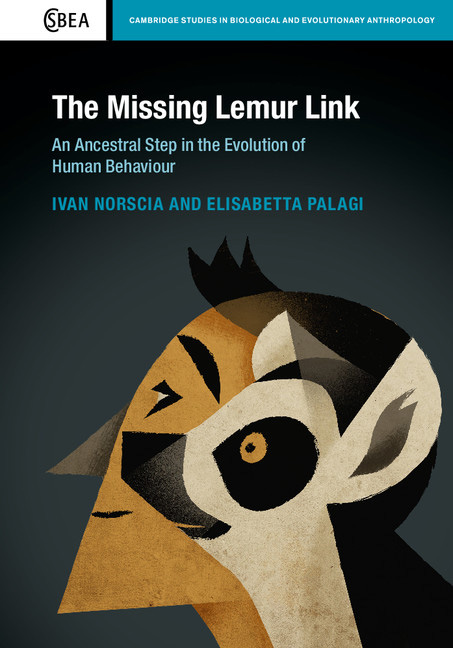 They are the missing or simply forgotten link, in understanding the evolution of human behaviour. These are lemurs, primates who share a common distant ancestor with us and due to their peculiarity, represent the ideal model to shed light on behavioural traits until now considered unique to monkeys, large anthropomorphs (and us). This is the central theme of the volume “The Missing Lemur Link” published by Cambridge University Press.
They are the missing or simply forgotten link, in understanding the evolution of human behaviour. These are lemurs, primates who share a common distant ancestor with us and due to their peculiarity, represent the ideal model to shed light on behavioural traits until now considered unique to monkeys, large anthropomorphs (and us). This is the central theme of the volume “The Missing Lemur Link” published by Cambridge University Press.
In the book, the authors, Elisabetta Palagi and Ivan Norscia, researchers at the Museum of Natural History of the University of Pisa, review 20 years of research on lemurs which for the most part they carried out themselves, both in the wild and in captivity. While in fact there has been extensive research at a biological and ecological level, the same cannot be said for social behaviour, which in some cases has been seen to be “unexpectedly sophisticated” and complex. Lemurs, for example, are capable of recognizing individuals even through olfactory channels, they can manage conflict using reconciliatory mechanisms and they exchange jobs (like delousing) following the market rules of supply and demand.
“Discovering the existence of these traits in lemurs,” explain Elisabetta Palagi and Ivan Norscia, “allows us not only to affirm that their cognitive capabilities and their level of sociability are much more complex than we believed, but also to join the dots which link us to them, giving them continuity with other primates.”
The book “The Missing Lemur Link” has nine chapters, each one covering a different ethological theme, following a comparative approach that compares lemurs’ behaviour with that of other primates and large anthropomorphs, including man. Each chapter also features informative boxes written by international experts who elaborate on the concepts expounded. The volume also includes a presentation by the British ethologist Jane Goodall, followed by an introduction by Ian Tattersall, curator emeritus of the Division of Anthropology of the American Museum of Natural History in New York, and by Alison Jolly, to whose memory the book is dedicated, as well as a postface by Michael Huffman from the University of Kyoto.
